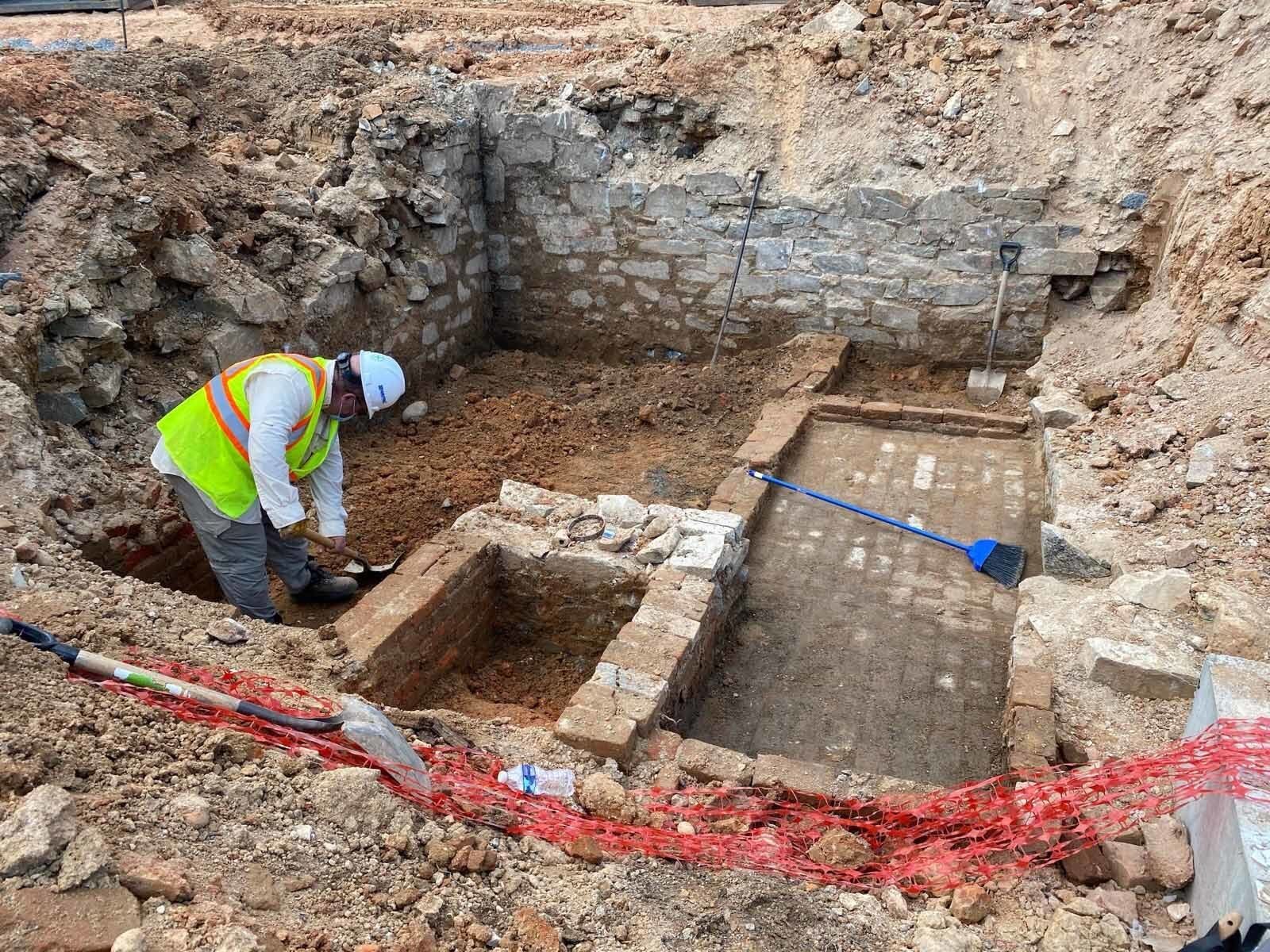

The USNO performs radio VLBI-based positions of quasars with numerous global collaborators, in order to produce Earth Orientation parameters. The USNO operates the "Master Clock", which provides precise time to the GPS satellite constellation run by the United States Air Force. at the Northwestern end of Embassy Row, it is one of the pre-1900 astronomical observatories located in an urban area at the time of its construction, it was far from the light pollution thrown off by the (then-smaller) city center.

The United States Naval Observatory (USNO) is one of the oldest scientific agencies in the United States, with a primary mission to produce Positioning, Navigation and Timing (PNT) for the United States Navy and the United States Department of Defense. The present location of the United States Naval Observatory, which has been at 3450 Massachusetts Avenue NW since 1893, is best understood by comparison its. Naval Observatory in context of the era of space exploration, the creation of the atomic clock, and the need to have very precise measurements of time and space for scientific and defense purposes. In 1919, the United States Congress approved the construction of a submarine and destroyer base on Tongue Point, a peninsula jutting into the Columbia River east of Astoria, Oregon. Naval Station Tongue Point, Astoria, Oregon. The Vice Presidents house is also located on. Navy film presents the mission of the U.S. Naval Air Station Tongue Point is a former United States Navy air station which was located within the former U.S. The whole purpose of this scientific site is to provide exact positioning, navigation and timing for the US Navy.
#NAVAL OBSERVATORY UPDATE#
Update April 2018: All tours are suspended indefinitely.Made in 1970, this U.S. Plaskett wrote in 1911: “All honor to the astronomers of the past, who spent their lives in making observations of which they themselves could not hope to reap any fruit, and all honor to the astronomers of the present, who are unselfishly collecting data which only a future generation can use.” It is this historic record, the blood, sweat, and tears of long-dead astronomical alumni, that lives on at the Naval Observatory Library. Astronomical records-of, say, what the moon looked like last night-aren’t very useful in the present day, but a hundred years in the future, the aggregate of such observations could be invaluable.Ĭanadian astronomer J. Tremendously helpful to modern astronomers, these records were compiled by skygazers who undertook the work without any reward. It is not a passive repository without a mind, heart and soul of its own.”ĭevorkin alludes to the fact that the Observatory library contains records going back hundreds of years. It is a well-tuned engine for research central to the conduct of astronomy. DeVorkin describes the observatory library as “ far more than a collection of books. The disk-shaped book shrine visually echoes an observatory’s circular telescope room. It is home to the Puget Sound Naval Shipyard and Intermediate Maintenance Facility. Kitsap serves as host command for the Navys fleet throughout the Pacific Northwest. Then up to the wrought-iron spiral staircases that provide easy access to the second story stacks. Naval Station Bremerton is a former station of the United States Navy that was merged with Naval Submarine Base Bangor into Naval Base Kitsap in 2004. Visitors first encounter the quirky little indoor fountain, with its quiet gurgle of water and collection of shiny pennies. 3450 Massachusetts Ave NW, (Enter at 37 Observation Cir), Washington DC, DC 20392-0001. The library also abounds with delightful notes from an architectural and design perspective. 299 of 504 things to do in Washington DC. It now boasts an impressive collection of sky catalogs, astrophysical journals, and the works of luminaries like Galileo, Copernicus, Einstein, and Newton. Navy has been amassing the hoard since 1830. But tucked away in a corner on the top floor of the building is a far more historical (though no less worldly) attraction: a circular library with the best astronomical special collection in the United States. Naval Observatory houses some of the world’s most cutting-edge scientific instruments, such as the Master Clock, an integrated network of a hundred atomic clocks that support the Global Positioning System. The Observatory dates back to 1830 when the Navy Department established the Depot of Charts and Instruments, a repository for the navigational charts and.


 0 kommentar(er)
0 kommentar(er)
